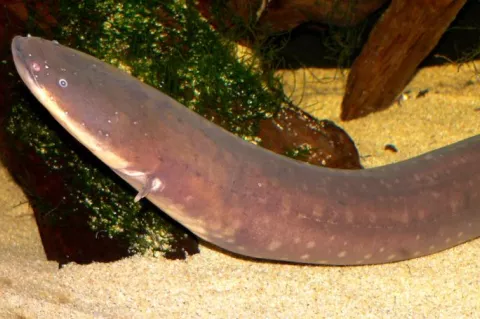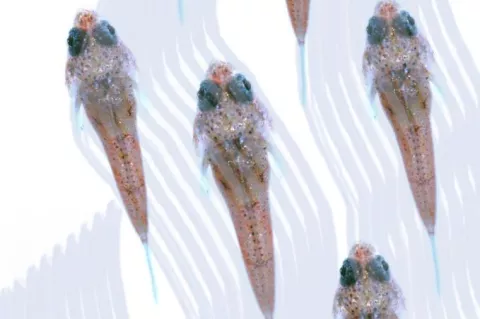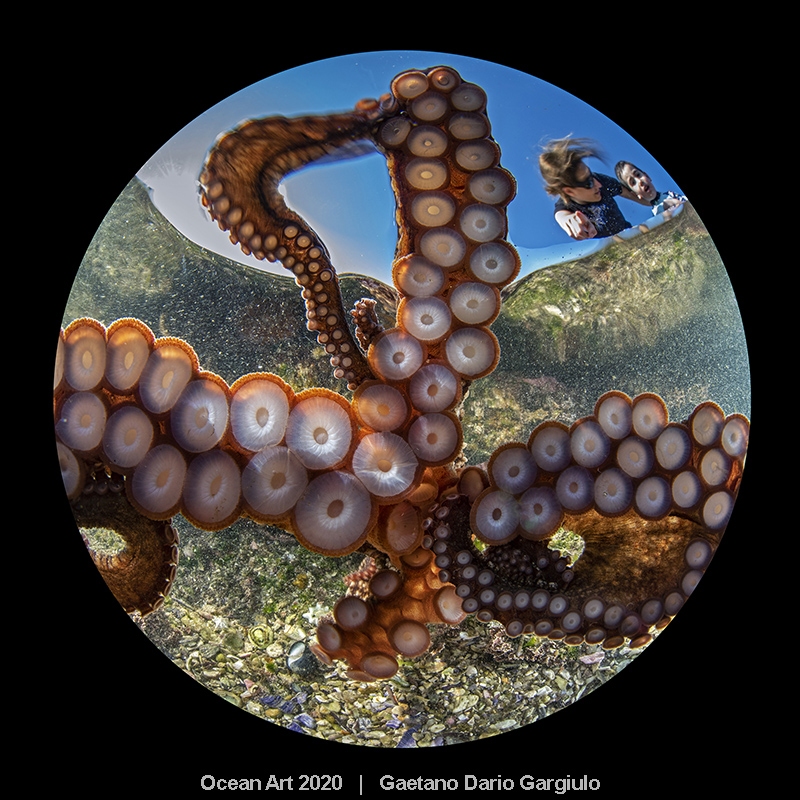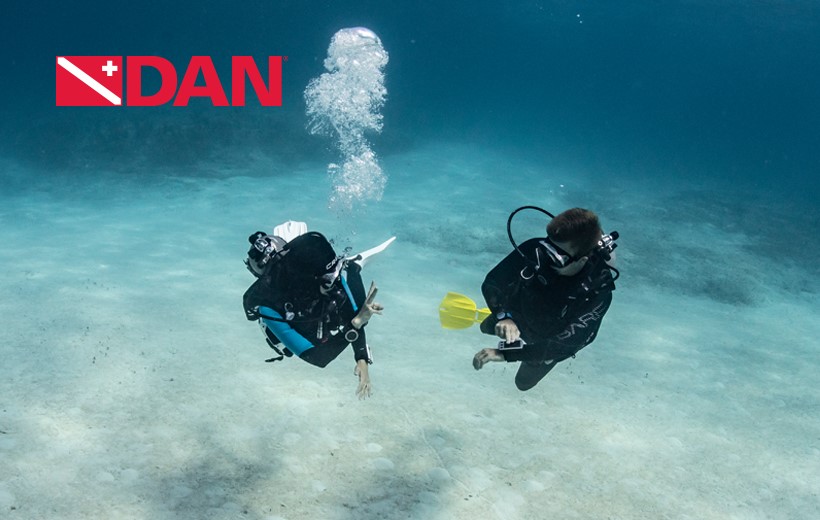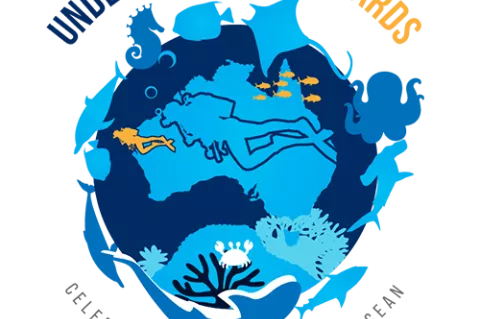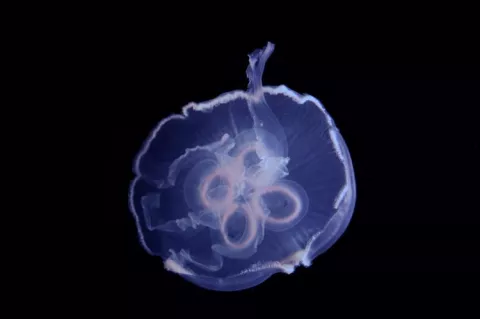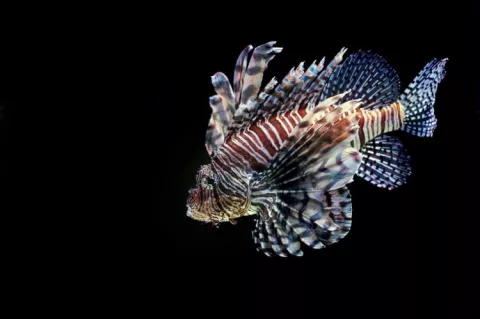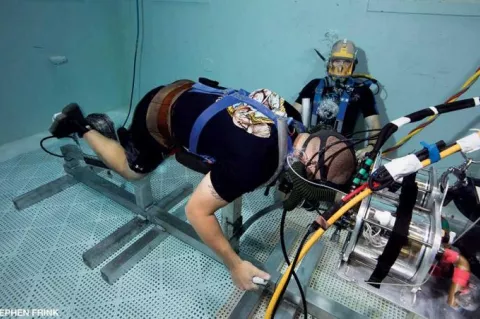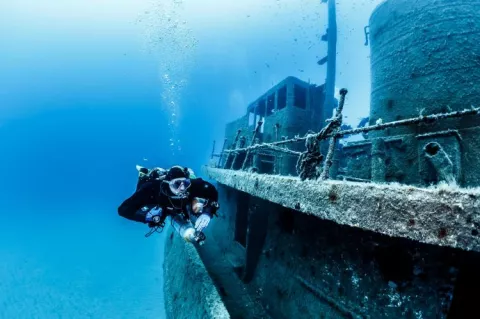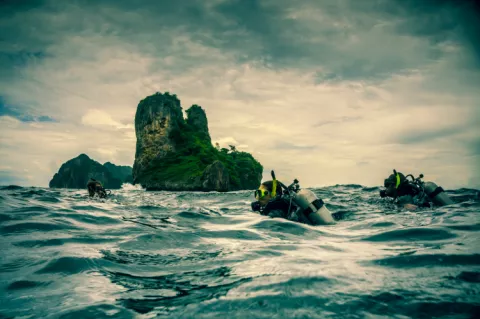Video shows electric eels hunting in groups
Zoologist Douglas Bastos from the National Institute of Amazonian Research in Manaus, Brazil, and his team have captured video footage of Volta’s electric eels hunting in groups of more than 100.
In the footage, the eels encircled shoals of tetra fish to form a “prey ball”, which they herded toward shallower waters. Then, two to ten of the eels swam closer to the ball to deliver jolts of electricity. The synchronised charge is so powerful that some of the fish are blasted out of the water. Stunned, they fall back into the water, and are consumed by the eels.

